When evaluating the logistics and transportation industry, understanding the size of a tractor trailer becomes paramount. Not only does it affect the choice of vehicle for freight transport, but it also influences road safety, regulations, and operational efficiency. In this comprehensive exploration, we’ll dissect the dimensions of tractor trailers, delve into their configurations, and outline their capabilities, addressing common questions and considerations that users might have.
Definition and Basics of a Tractor Trailer
A tractor trailer, often referred to as a semi-truck or articulated lorry, consists of two main components: the tractor unit, which houses the engine and driver, and the trailer, which carries the cargo. Knowing the standard dimensions is crucial for fleet owners, drivers, and businesses involved in shipping goods.
Typical Dimensions of a Tractor Trailer
| Component | Measurement | Additional Notes |
|---|---|---|
| Overall Length | 70 to 80 feet (21 to 24 meters) | Varies by state regulations |
| Overall Width | 8.5 feet (2.6 meters) | Standard width; wider trailers exist |
| Overall Height | 13.5 to 14.5 feet (4.1 to 4.4 meters) | Height may vary based on cargo type |
| Cargo Space Length | 48 to 53 feet (14.6 to 16.2 meters) | Common for full-size trailers |
| Cargo Space Width | 8 feet (2.44 meters) | Standard width for trailers |
| Cargo Capacity | Typically 26,000 to 30,000 pounds (11,793 to 13,608 kg) | Depending on trailer type and configuration |

Breakdown of Dimensions
Understanding the overall structure of tractor trailers provides insight into how each component contributes to their functionality.
Length: The overall length combines the tractor and the trailer sections. In certain jurisdictions, trucks can exceed 80 feet, especially in combination with specialized trailers or when carrying oversized loads. States may impose specific restrictions, and it’s vital to check local regulations.
Width: Generally standardized at 8.5 feet, wide-load permits may be required for trailers exceeding this width. This measurement is crucial for urban navigation and bridge clearances.
Height: Height restrictions often vary by state. Overpasses and low bridges must be taken into consideration when routes are planned. A common maximum limit is 13.5 feet, although some trailers can stretch to 14.5 feet.
Cargo Space: The length of cargo space typically ranges from 48 to 53 feet, accommodating different types of trailers. The area can be further classified into dry vans, refrigerated trailers (reefers), flatbeds, and tankers—each type structured for specific cargo requirements.
Capacity: Most tractor trailers can handle a gross weight of under 80,000 pounds (36,287 kg), but variations occur based on axle configurations and state regulations.
Types of Tractor Trailers and Their Dimensions
It’s essential to differentiate between various tractor trailer configurations, as each type serves unique purposes and has specific dimension standards.
1. Dry Van Trailers
- Dimensions: 48 to 53 feet long, 8 feet wide
- Usage: General freight, boxed goods
- Advantages: Protection from weather, affordable, common for repeated use in shipping.

2. Refrigerated Trailers (Reefers)
- Dimensions: Similar to dry vans but designed with insulation
- Usage: Perishable goods
- Advantages: Temperature control, necessary for food and certain pharmaceuticals.
3. Flatbed Trailers
- Dimensions: Varies widely but generally around 48 to 53 feet long
- Usage: Heavy machinery, construction materials
- Advantages: Easy loading/unloading from the sides, no ceiling height restrictions.
4. Tanker Trailers
- Dimensions: Generally 40 to 60 feet long
- Usage: Liquids (fuel, chemicals)
- Advantages: Specifically designed for fluid transport, often equipped with baffles to control liquid movement.
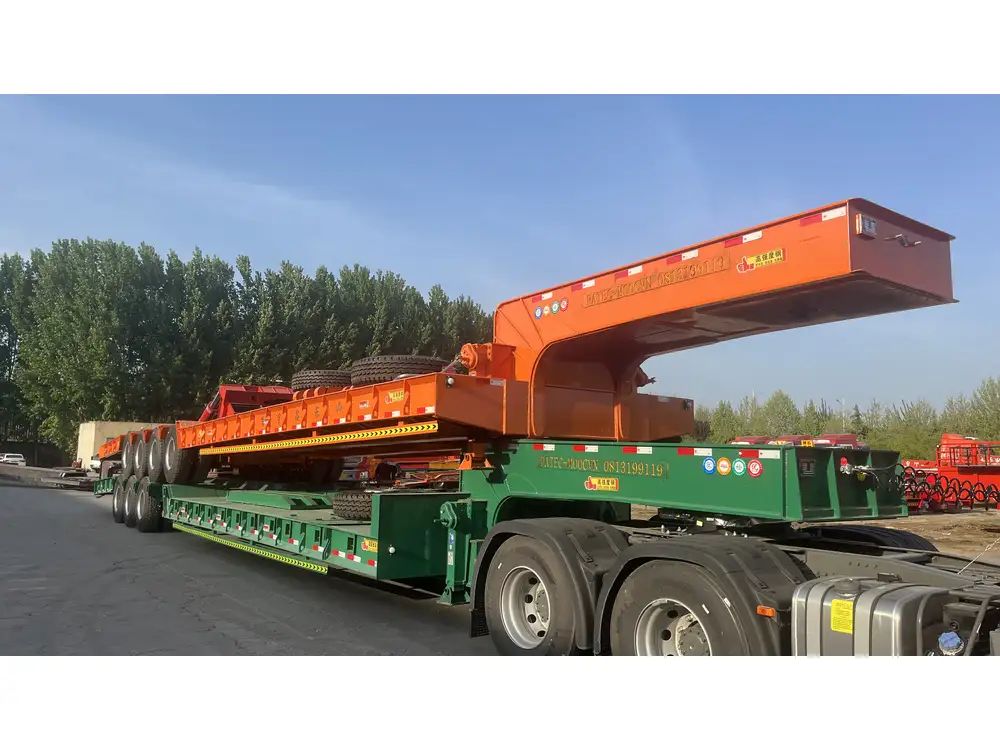
5. Lowboy Trailers
- Dimensions: Fixes trailer height, commonly 30 to 60 feet long
- Usage: Heavy and oversized loads
- Advantages: Lower center of gravity, making them safe for transporting tall or overly heavy loads.
| Trailer Type | Length Range | Best For |
|---|---|---|
| Dry Van | 48-53 feet | General freight |
| Refrigerated | 48-53 feet | Perishable goods |
| Flatbed | 48-53 feet | Heavy lifting, construction |
| Tanker | 40-60 feet | Fluid transport |
| Lowboy | 30-60 feet | Oversized loads |
Regulatory Dimensions and Weight Limits
Navigating the maze of U.S. Federal Motor Carrier Safety Administration (FMCSA) regulations is crucial for those operating tractor trailers. Overweight or oversized vehicles can face significant penalties and safety hazards.
Common Regulation Highlights:
Length: Maximum length for tractor-trailer combinations is usually 65 to 75 feet federally in the United States; however, many states allow longer combinations with special permits.
Width: Federal regulations usually set the maximum trailer width at 8.5 feet.
Height: 13.5 feet is the federal limit for vehicle height on interstate highways.
Weight Limits:
- Gross Vehicle Weight Rating (GVWR) must not exceed 80,000 pounds.
- Individual axle weight limits typically follow:
- Single axle: 20,000 pounds
- Tandem axle: 34,000 pounds
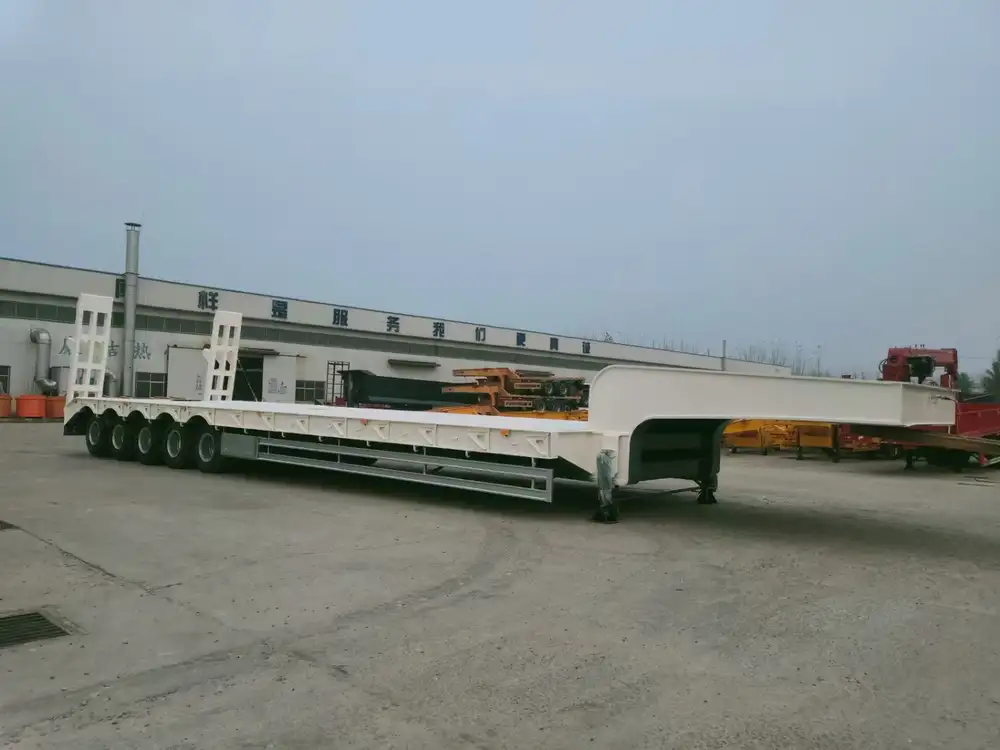
State Variations
Differences in state regulations can lead to challenges; therefore, always check specific state laws when planning a route. Some states may issue permits for oversized vehicles, but they often come with designated routes and restrictions.
Navigating Logistics with Tractor Trailers
Understanding the size of a tractor trailer is only the beginning. Efficient logistics management is essential to optimize the use of these vehicles.
Key Considerations for Fleet Managers
Route Planning: Review height limitations, road widths, and length constraints to avoid complications during transport. Using specialized software can streamline this process.
Cargo Management: Consider the dimensions of the cargo to maximize efficiency. Use load bars or straps to secure goods within the weight limits to ensure safe transportation.
Legal Compliance: Maintain familiarity with both federal and state regulations surrounding transportation, which can frequently change.
Maintenance Protocols: Regularly inspect the vehicle’s critical components, including tires, brakes, and lights. Compliance with DOT regulations enhances safety.
Driver Training: Ensure drivers are well-versed in maneuvering large vehicles, understanding blind spots, turning radii, and weight distribution specifics.
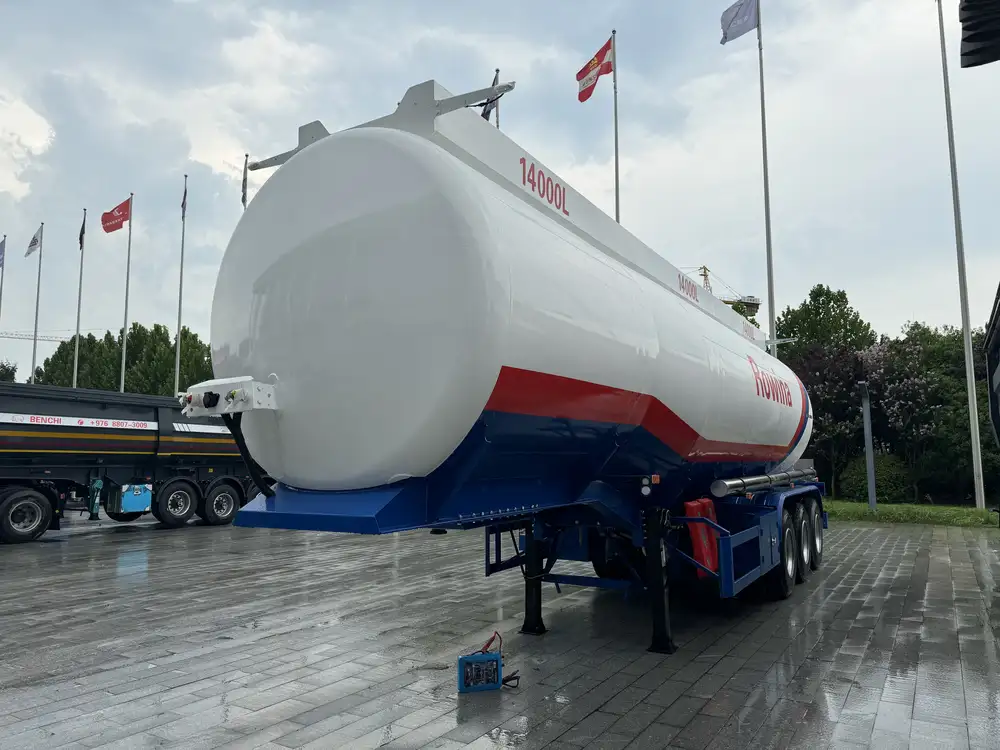
Advanced Technologies in Fleet Management
Today’s technology enhances the operational efficiency of fleet management related to tractor trailers. Companies are increasingly using:
Telematics: Allows for real-time tracking of vehicle location, driving behavior, and maintenance alerts.
Load Optimization Software: Ensures that cargo is distributed evenly, maximizing efficiency and ensuring safety.
Route Optimization Tools: Minimize fuel consumption and delivery times by calculating the best routes considering traffic, road conditions, and legal restrictions.
Frequently Asked Questions About Tractor Trailer Dimensions
How tall can a tractor trailer be?
The typical maximum height is 13.5 feet federally, although some trailers can reach up to 14.5 feet, depending on the cargo and specific state laws. Always measure the total height, especially if carrying tall loads, to avoid accidents with overpasses.
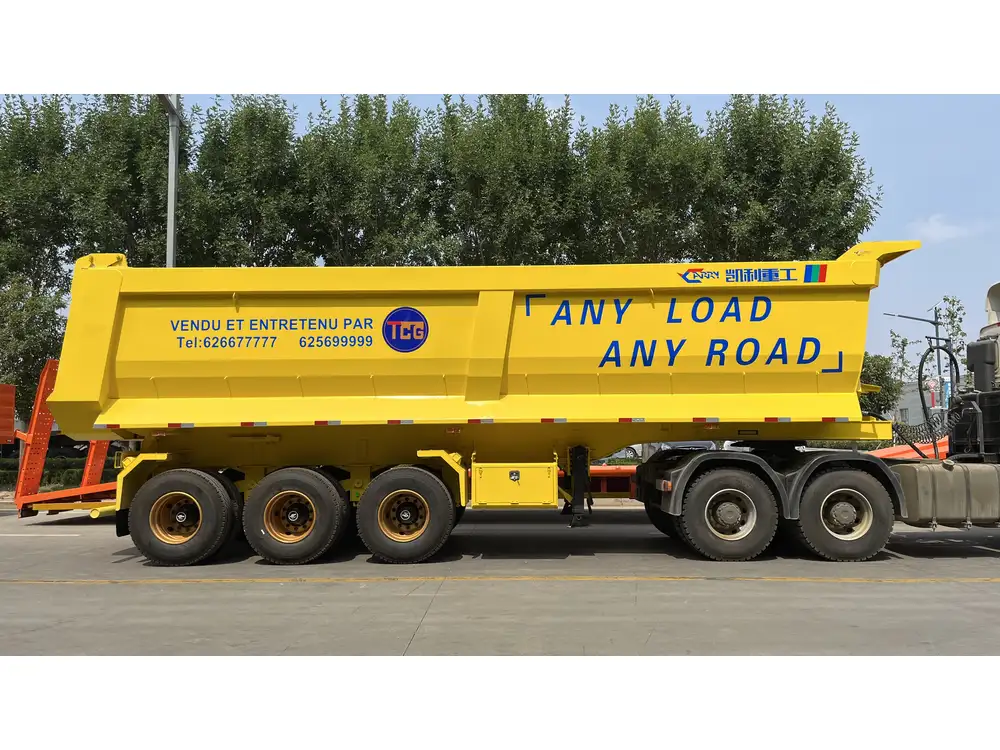
Why are the dimensions of tractor trailers important?
The dimensions of tractor trailers affect road safety, compliance with regulations, and efficiency in transporting goods. Incorrect measurements can lead to accidents and fines, affecting overall business operations.
How does the size of a tractor trailer impact its fuel efficiency?
Larger trailers often require more power to pull, leading to increased fuel consumption. Proper load distribution and aerodynamics can significantly enhance fuel efficiency, making it essential to consider size and weight carefully.
Are there special considerations for oversized loads?
Yes, oversized loads may require special permits, follow designated routes, and may necessitate pilot vehicles. Understanding state-specific regulations becomes paramount when operating beyond standard dimensions.
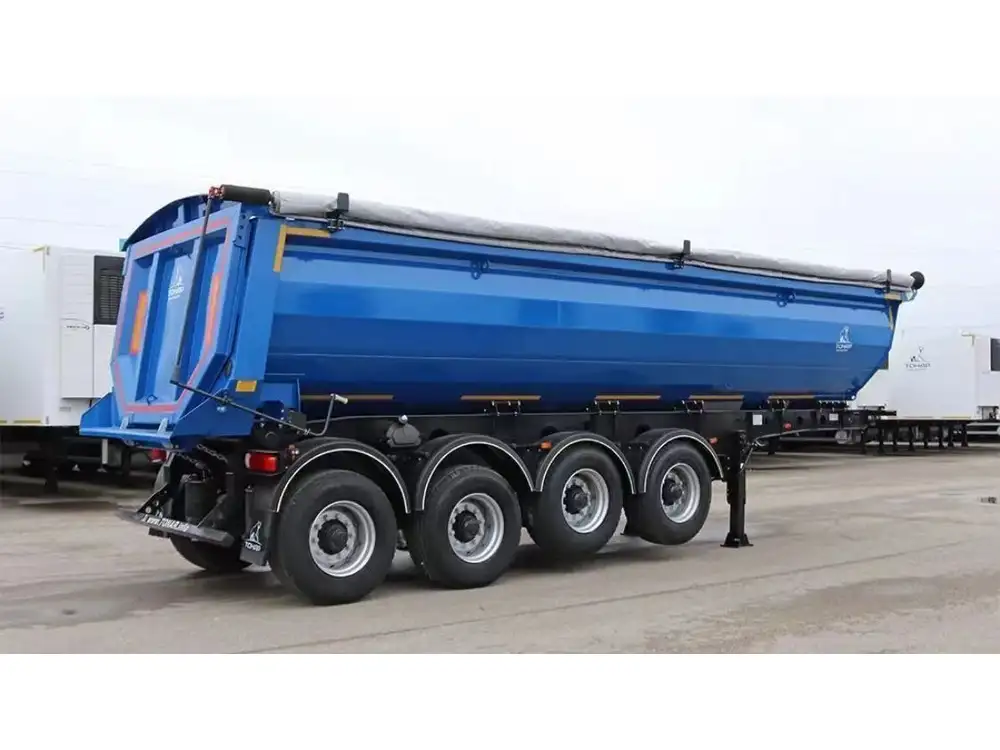
What is the difference between a tractor trailer and a straight truck?
The primary difference lies in the articulation. A tractor trailer is comprised of a tractor and trailer units that can pivot independently, while a straight truck has a single rigid frame with a fixed cargo area.
Conclusion
Understanding the dimensions of tractor trailers is fundamental for anyone involved in the logistics and transportation industry. These vehicles are engineered for efficiency, making it vital to grasp how their size influences functionality, regulation compliance, and safety on the roads. Whether making decisions about fleet management or ensuring smooth operations in supply chain logistics, a comprehensive grasp of tractor trailer dimensions and their implications can lead to enhanced decision-making and operational success. The complexity of this machinery interlocks with regulations and logistics strategies, prompting continual learning and adaptation as the industry evolves.



